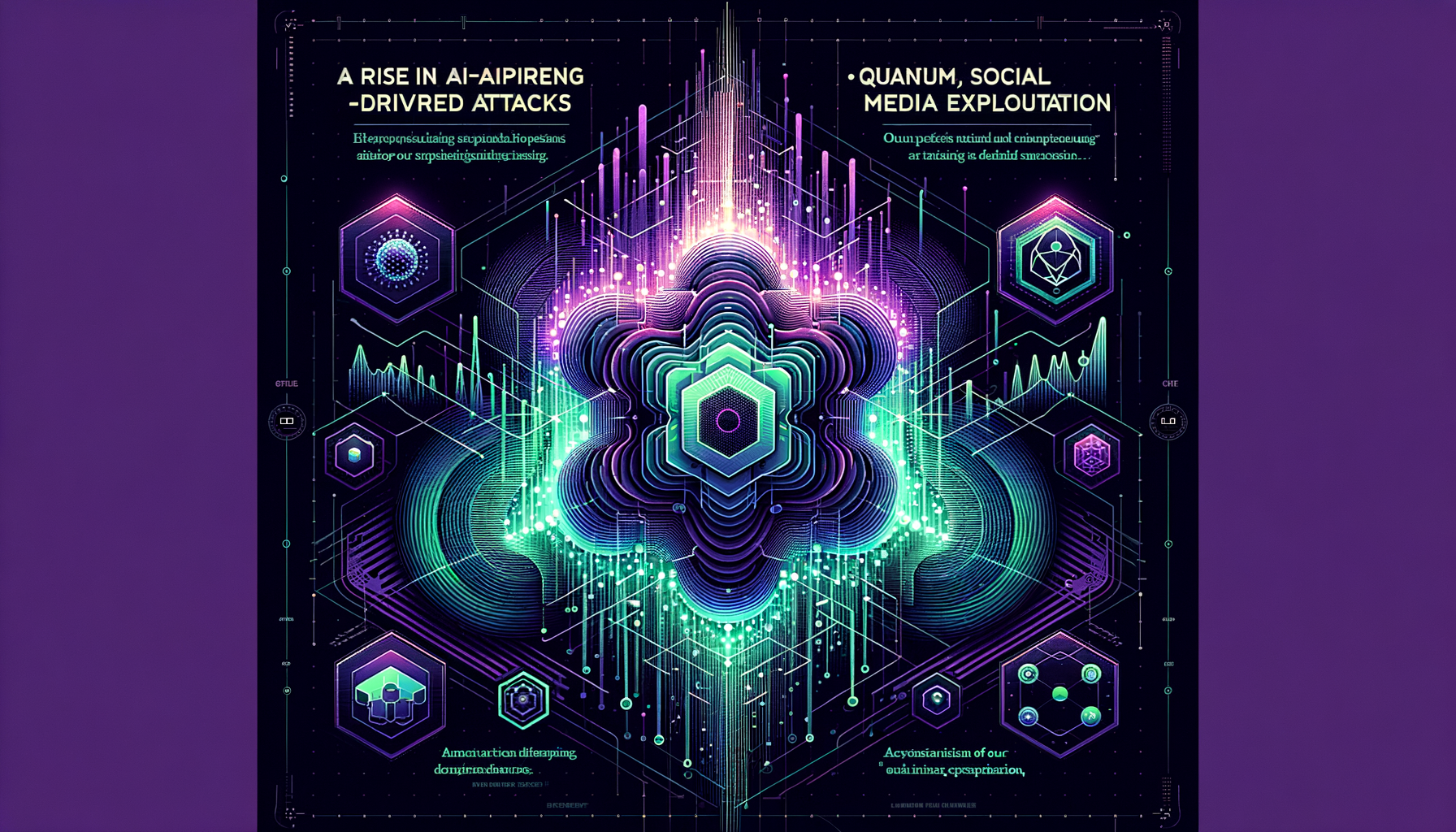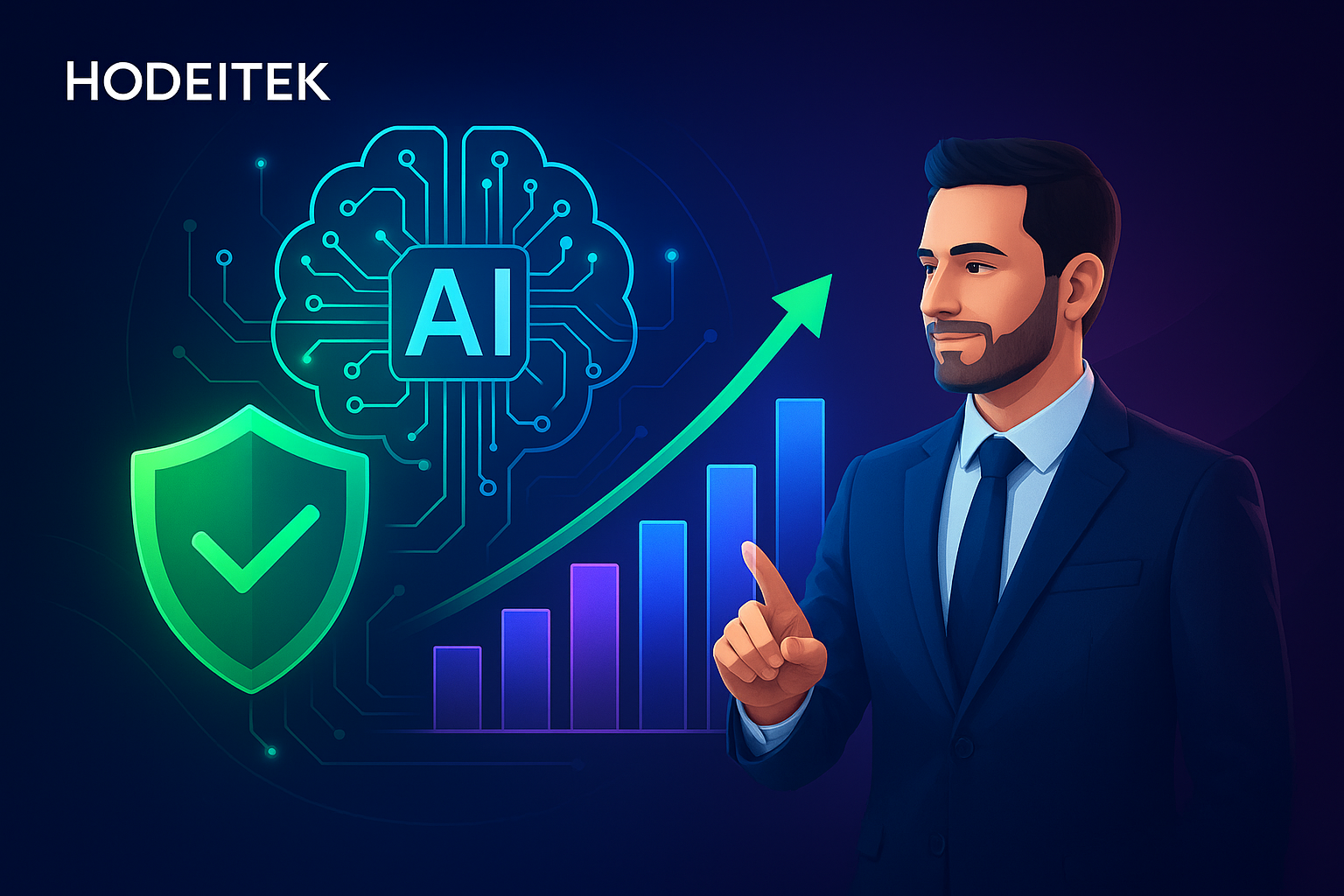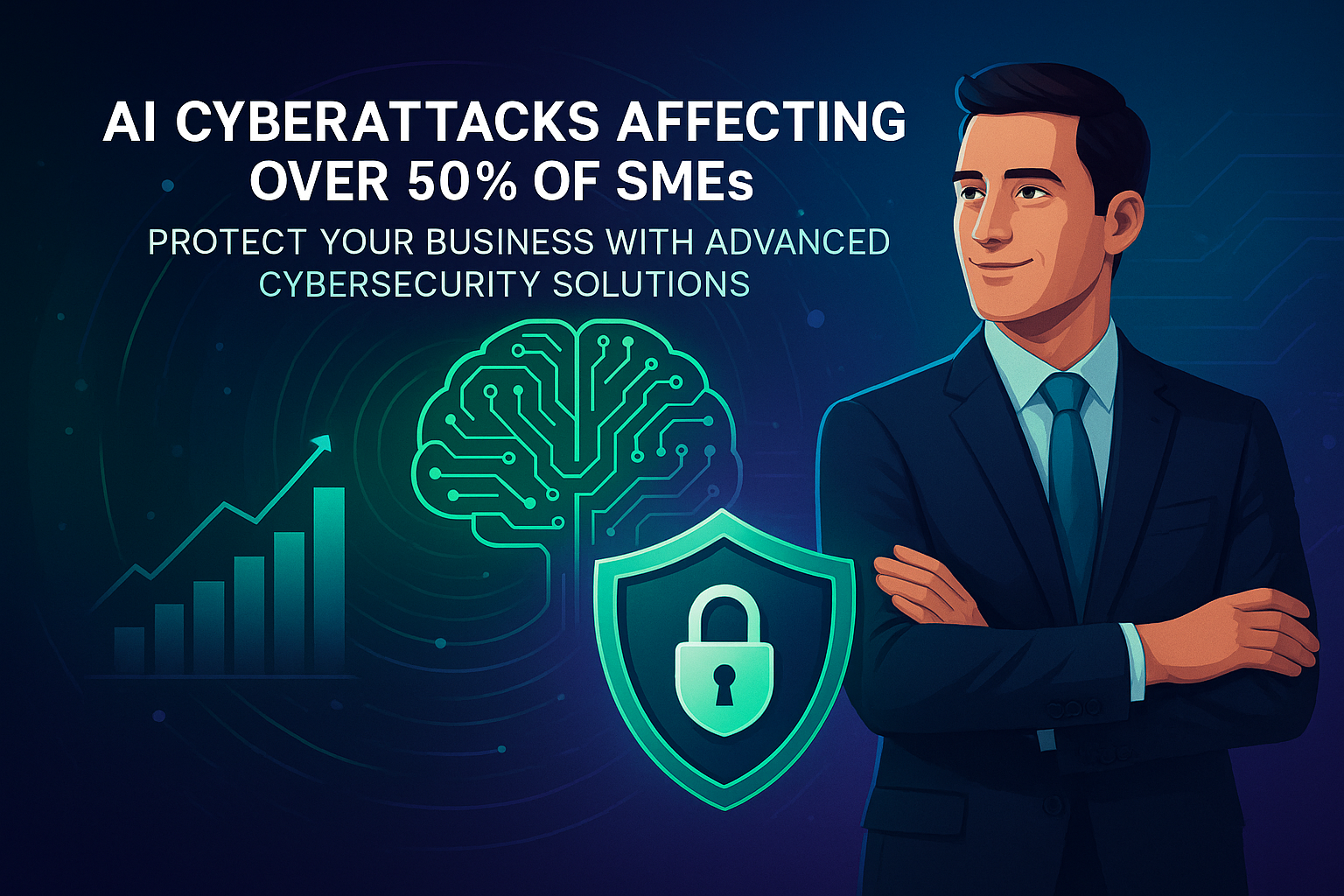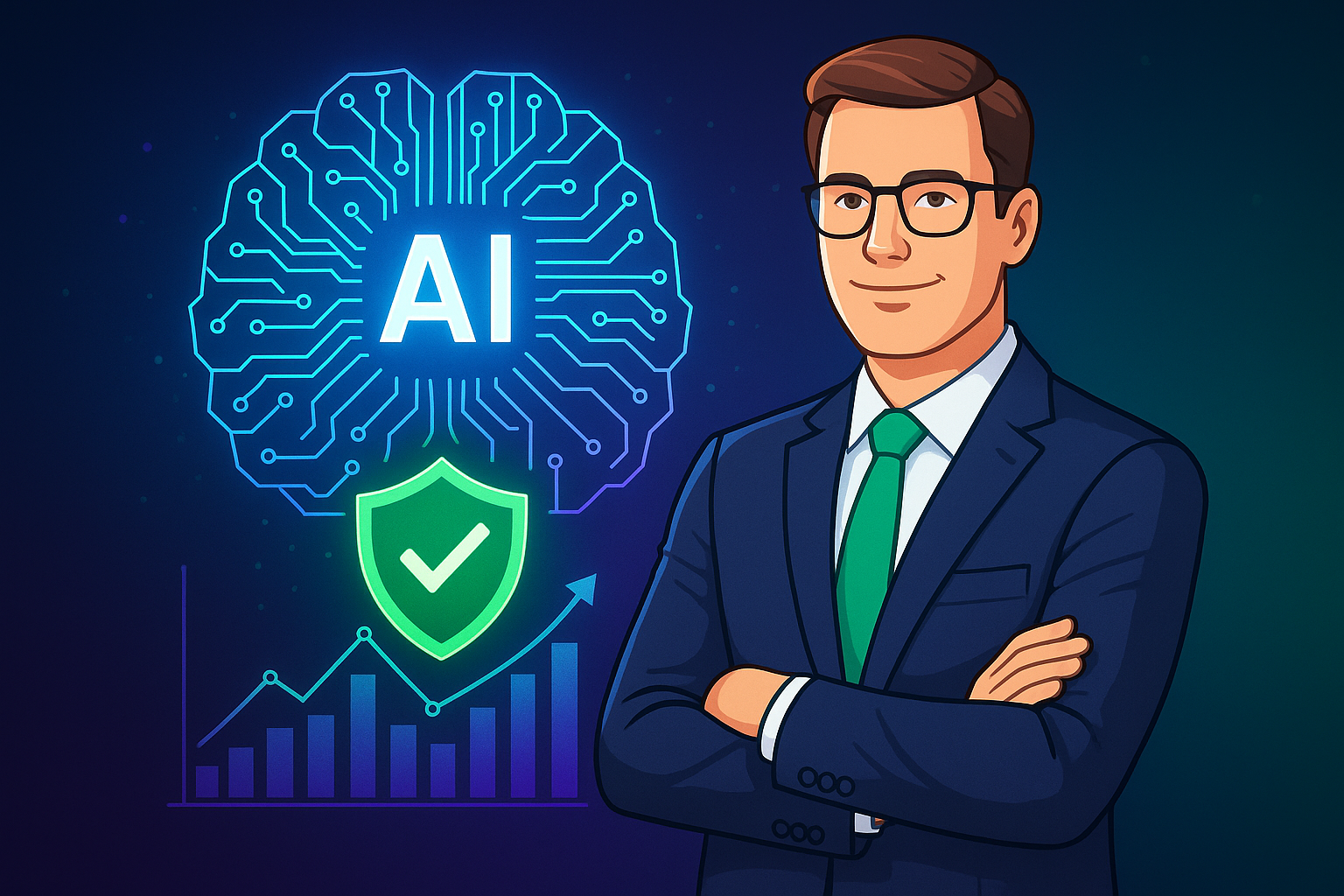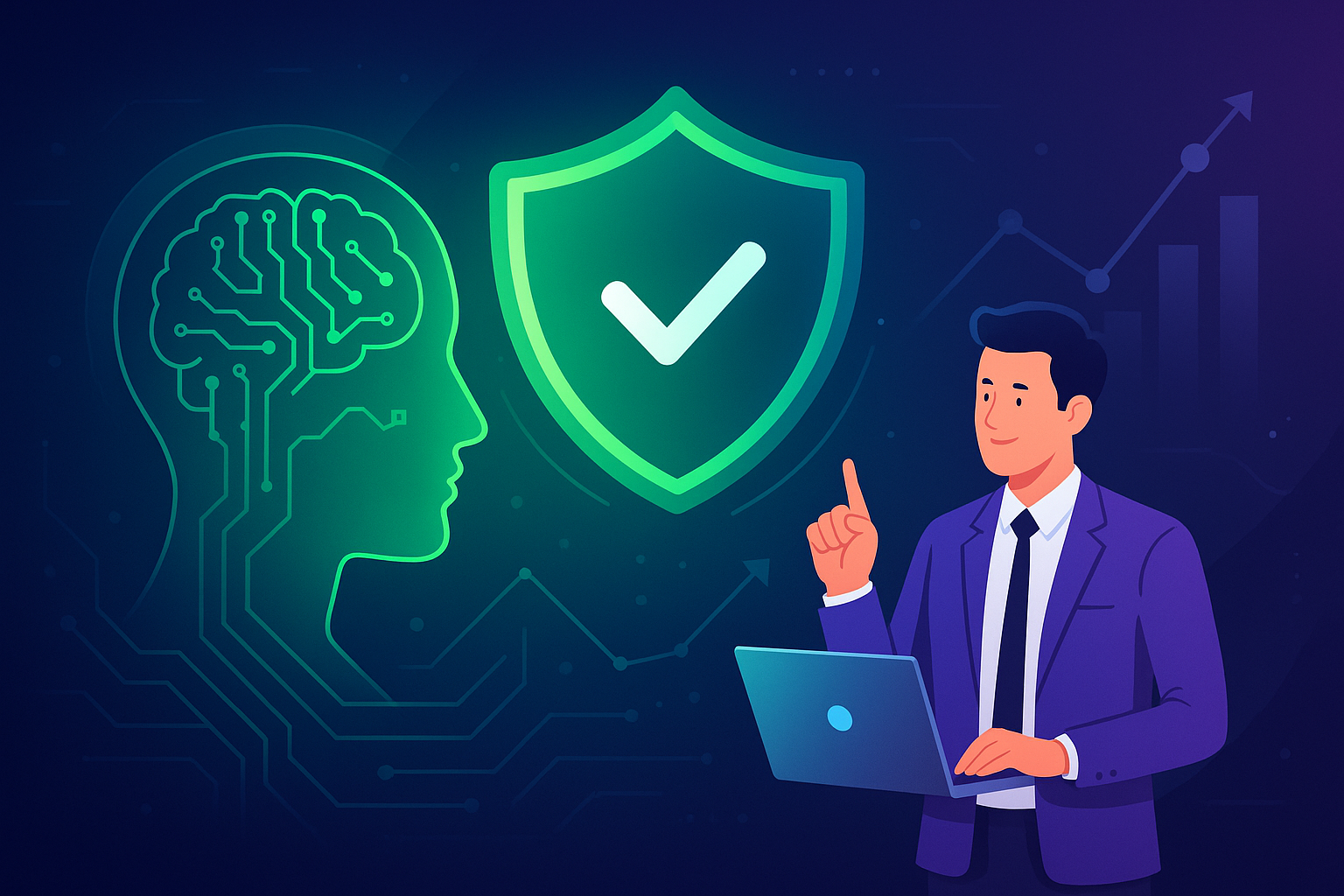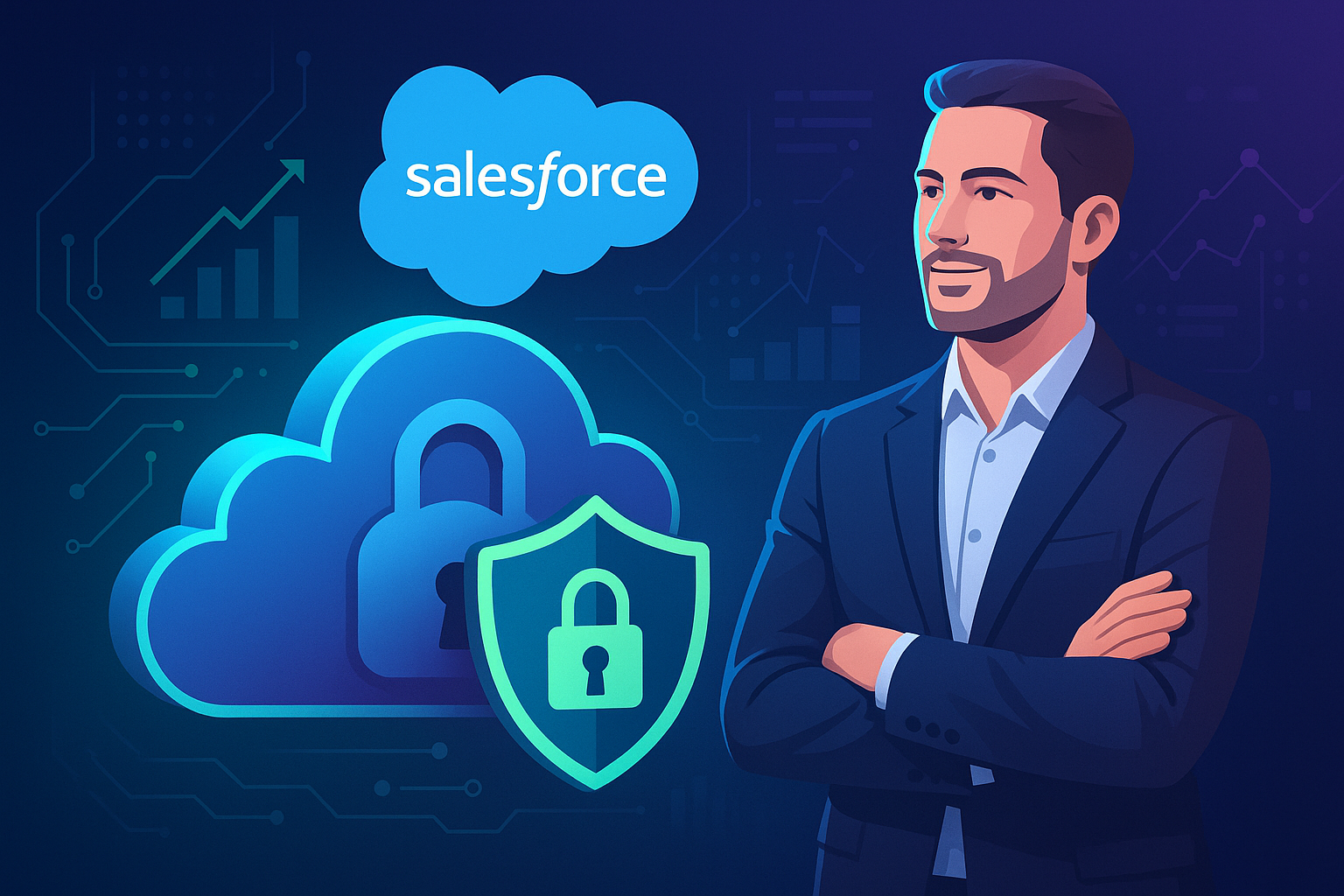The Rise of AI-Driven Cyber Attacks: Quantum Threats and Social Media Exploitation
In the rapidly evolving landscape of cybersecurity, a recent surge in AI-driven attacks, compounded by emerging quantum computing threats and the manipulation of social media platforms, presents a formidable challenge for organizations worldwide. As technologies advance, so too do the tactics of cybercriminals, highlighting a pressing need for robust cybersecurity measures. This article delves into these phenomena, offering insights and strategies to safeguard against these sophisticated threats.
AI-Driven Cyber Attacks: The New Frontier
Artificial intelligence has revolutionized various sectors, including cybersecurity. However, its capabilities are being harnessed by malicious actors to automate and enhance cyber attacks. According to the European Union Agency for Cybersecurity (ENISA), AI-driven cyber threats are increasingly prevalent, with attackers utilizing machine learning algorithms to breach defenses, discover vulnerabilities, and launch large-scale automated attacks.
These AI-driven threats can adapt and learn, making them more dangerous and harder to combat than traditional cyber threats. As AI technology evolves, so do the techniques used in phishing schemes, identity theft, data breaches, and ransomware attacks, resulting in substantial financial and reputational damage to organizations.
The Quantum Computing Threat: A Looming Danger
Quantum computing, still in its nascent stages, possesses the potential to revolutionize data processing capabilities. However, it also threatens to undermine current encryption standards. In December 2023, the National Institute of Standards and Technology (NIST) highlighted the urgency of developing quantum-resistant cryptography to protect against future quantum attacks, which could break traditional encryption methods.
Organizations must start preparing for this shift now, as quantum computing may become a practical threat sooner than anticipated. The adoption of quantum-resistant security solutions is crucial to safeguarding sensitive data and maintaining business continuity.
Exploitation of Social Media Networks
The exploitation of social media networks by cybercriminals is another vector of attack gaining traction. Social media platforms are treasure troves of personal information, making them prime targets for cyber espionage, social engineering, and misinformation campaigns. According to a report by Cybersecurity Ventures, social media-related incidents have increased by 200% in the past five years.
These platforms are not only used to gather personal data but also to spread malware and fake news, impacting public perception and organizational trust. Consequently, businesses need to integrate social media monitoring into their cybersecurity strategies to detect and respond to potential threats promptly.
Mitigating the Risks: Advanced Cybersecurity Solutions
To effectively counter these sophisticated threats, organizations must deploy advanced cybersecurity solutions, focusing on AI-driven defenses, encryption, and comprehensive threat intelligence.
Enhanced Detection and Response: EDR, XDR, and MDR
Solutions like Endpoint Detection and Response (EDR), Extended Detection and Response (XDR), and Managed Detection and Response (MDR) are indispensable tools in combating AI-driven and traditional cyber threats. These services provide continuous monitoring, advanced threat detection, and rapid response capabilities, ensuring organizations can quickly neutralize threats before they cause significant damage.
- EDR: Offers deep visibility into endpoint activities to identify suspicious behavior.
- XDR: Extends detection across multiple security layers, improving threat hunting and investigation.
- MDR: Provides outsourced expertise and round-the-clock monitoring to enhance security postures.
By implementing these advanced solutions, businesses can effectively manage potential threats, protecting their assets and reputation.
Next Generation Firewalls (NGFW): The First Line of Defense
Next Generation Firewalls (NGFW) are critical in defending against both conventional and AI-powered cyber attacks. NGFWs incorporate intelligent filtering, application awareness, and intrusion prevention systems to secure network perimeters effectively.
This technology enables organizations to identify and block complex threats more efficiently, ensuring that sensitive data remains secure and protected from unauthorized access.
Vulnerability Management as a Service (VMaaS): An Ongoing Safeguard
Proactive vulnerability management is vital to maintaining cybersecurity resilience. Vulnerability Management as a Service (VMaaS) offers organizations a continuous assessment of their IT infrastructure, identifying and remediating vulnerabilities before they can be exploited by cybercriminals.
This service keeps your systems up-to-date with the latest security patches and reduces the risk of successful cyber attacks, thereby enhancing the overall security posture of your business.
SOC as a Service (SOCaaS) 24×7: Comprehensive Security Monitoring
Implementing a robust SOC as a Service (SOCaaS) provides continuous monitoring and incident response capabilities tailored to your organization’s needs. With 24×7 coverage, SOCaaS ensures that any anomalies or threats are swiftly detected and addressed, minimizing potential damage and ensuring operational continuity.
Industrial SOC as a Service for Critical Infrastructure
The need for specialized security in industrial sectors is catered by Industrial SOC as a Service (SOCaaS). This service is critical for industries relying on Operational Technology (OT) and Industrial Control Systems (ICS), providing tailored monitoring and protection against sophisticated attacks targeting their unique environments.
Cyber Threat Intelligence (CTI): Staying Ahead of Threats
Effective cybersecurity strategies require comprehensive threat intelligence. Cyber Threat Intelligence (CTI) delivers actionable insights, enabling organizations to anticipate and mitigate potential threats. By understanding the tactics, techniques, and procedures (TTPs) of cyber adversaries, CTI allows businesses to implement strong, preventive security measures.
Data Loss Prevention (DLP): Protecting Sensitive Information
Data breaches can have catastrophic effects. Data Loss Prevention (DLP) solutions help safeguard sensitive data from unauthorized access. By deploying DLP strategies, organizations can detect potential data leaks and prevent inadvertent sharing of critical information both internally and externally.
Web Application Firewall (WAF): Securing Online Assets
The increase in cyber threats to online services necessitates the use of Web Application Firewalls (WAF). These firewalls provide comprehensive protection for web applications against a variety of threats, including SQL injection, cross-site scripting, and other common cyber attack vectors.
Conclusion: Building a Resilient Cybersecurity Ecosystem
In conclusion, the accelerating sophistication of cyber threats demands that organizations adopt an integrated and proactive cybersecurity strategy. Implementing advanced solutions like those provided by Hodeitek can significantly enhance your organization’s defenses against AI-driven attacks and other emerging threats.
To achieve a robust cybersecurity posture, businesses must leverage services such as EDR/XDR/MDR, NGFW, VMaaS, SOCaaS, and specialized threat intelligence tools. These measures, combined with a vigilant approach to social media monitoring and quantum preparedness, can mitigate risks effectively.
If you are seeking to strengthen your cybersecurity infrastructure, reach out to our experts for a consultation through our contact page. Protect your organization today to ensure a secure and resilient future.
